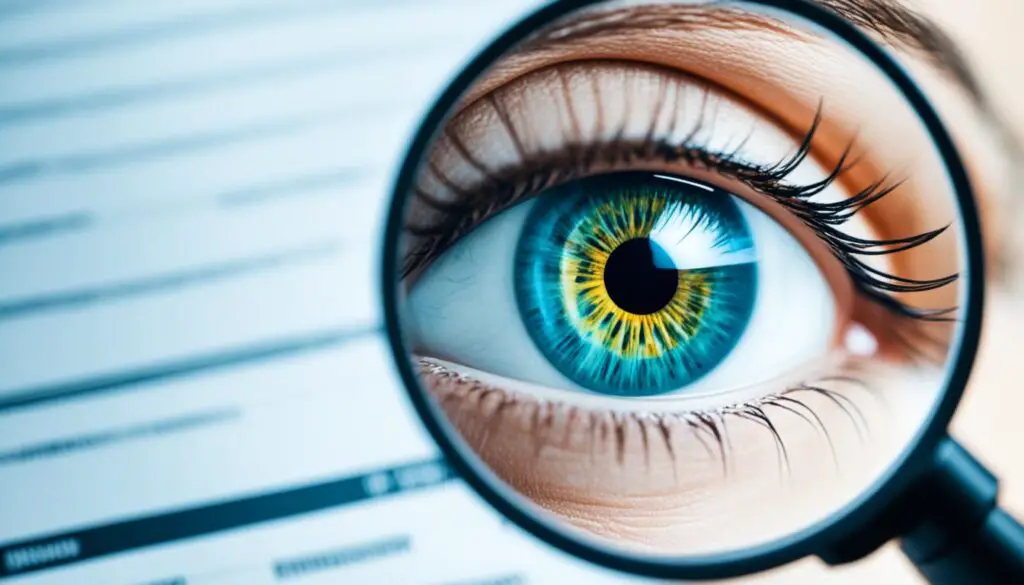Double-blind studies are key to getting unbiased results in research. They make sure that neither the people in the study nor those running it know who is getting the real treatment. This way, any outside influence on the findings is reduced.
In a double-blind study, no one knows who gets the real treatment. This stops the placebo effect or any guesswork from the participants from influencing the study results. The secret keeps the research honest and to the point.
These studies are the best way to test new treatments or drugs. They set up conditions where some get the real thing, and some get a placebo. It helps to see clearly if the treatment really works without any bias getting in the way.

Key Takeaways:
- Double-blind studies prevent bias by keeping both participants and experimenters unaware of who receives the real treatment and who receives the placebo.
- These studies are conducted to minimize the influence of demand characteristics or the placebo effect on research outcomes.
- By using placebos and control groups, researchers establish accurate baselines for comparing treatment effects.
- Double-blind studies help researchers avoid unintentional biases and ensure the validity of their research.
- They are particularly important in areas where subjective measures are used as outcome criteria.
How Double-Blind Studies Work
In a double-blind study, nobody knows who gets the real treatment, not even the people running the experiment. The real treatment is the one the researchers are testing. This method is different from a single-blind study, where only the researchers know who’s getting treated.
The study starts by putting people into different groups, either the regular control group or the experimental group. The control group gets a placebo, which is a fake treatment. Meanwhile, the experimental group gets the real treatment. This way, researchers can compare what each group experiences from the treatment.
Placebos and control groups are key in double-blind studies. They let researchers see the true effect of the treatment. The control group is like a standard of comparison. It helps figure out how good the treatment really is.
“Double-blind studies allow researchers to investigate the true effects of a treatment without being influenced by biases or external factors.”
The double-blind method also keeps biases in check from what participants or the researchers might believe. If someone knows the treatment, they might act differently or feel a placebo effect. By keeping everyone in the dark, the study’s results are less likely to be swayed.
Also, it helps with experimenter bias. If the researchers knew who got what, this could affect how they collect data or analyze the results. But if they’re in the dark too, the study stays fairer and more objective.
Double-blind studies help get clear and accurate information. They remove potential issues from outside factors. These outside factors are the things other than the treatment that could affect the study’s outcome. By carefully controlling and keeping things hidden, researchers can see the real effects of the treatment.

The Importance of Double-Blind Studies
Double-blind studies are key in research to cut down on biases. They help by not letting the participants know which group they are in. This stops personal feelings from affecting the study and makes results more dependable.
One big bias double-blind studies deal with is the placebo effect. If people know they’re getting treated, they might feel better because they expect to. But in a double-blind study, this is avoided because both participants and researchers are unaware of the groupings. Therefore, the data collected is more accurate.
These studies also handle biases from the researchers themselves. They don’t know who’s getting the real treatment and who isn’t. Not knowing this information prevents them from knowingly or unknowingly impacting the results. It ensures the study is conducted without any unfair influence, keeping it objective.
“Double-blind studies are instrumental in reducing biases associated with participants’ beliefs about treatment and researchers’ unconscious biases. By keeping both parties blind to the treatment allocation, these studies provide more accurate results.”
Another plus of double-blind studies is reducing the effect of outside factors. These could mistakenly change the real impact of the treatment. By randomly placing participants in groups, researchers can better see the treatment’s real effect without these interferences.
They also shine when it comes to tracking feelings or less concrete outcomes, like mood. Participants won’t report feeling better just because they think they should. This avoids skewing the results and gives a clearer picture of the study’s success.

To wrap up, double-blind studies are at the top in research quality. They deal with biases from all sides, offering strong and fair results. This makes them the trusted approach in many studies, advancing knowledge in various areas accurately.
Conclusion
Double-blind studies are key for getting unbiased results in many scientific areas, like psychology. They keep everyone unaware of who gets what treatment. This cuts down on bias and makes the findings more trustworthy.
When no one knows the treatment, there’s less chance for bias to taint the results. This careful method lets researchers see the real effects of any treatment. It’s a way to make sure the study is fair and the conclusions are solid.
In research where possible, using double-blind studies is best. They offer the most objective viewpoint. This way, scientists can trust in their results more. It helps move knowledge and discovery forward in their fields.
FAQ
What is a double-blind study?
A double-blind study is a type of research where both the people taking part and those running it don’t know who’s getting the real treatment. This method is to make sure the study’s outcomes are not swayed by anyone knowing who’s in what group.
How does a double-blind study differ from a single-blind study?
In a double-blind study, no one knows who’s getting what, including both the participants and the researchers. This is unlike a single-blind study, where only the researchers are kept in the dark about who’s getting the real treatment.
Why are placebos and control groups used in double-blind studies?
Placebos and control groups are used to set a clear starting point. They allow scientists to see if the treatment truly makes a difference without any other factors getting in the way. This method also reduces any biased influence on the results.
What are the benefits of double-blind studies?
Double-blind studies are great for cutting out biases by not letting the participants or researchers know the details of the treatment. This way, the study’s findings are less likely to be influenced by personal beliefs. It also stops the researchers from unknowingly affecting the study’s results.
Why are double-blind studies considered the “gold standard” in intervention-based studies?
They are seen as the best choice because they remove various outside factors that could cloud the results. This method ensures the research is as objective and truthful as possible. It’s the highest level of scientific research you can aim for.
How do double-blind studies ensure unbiased results?
By making sure both participants and researchers are oblivious to who’s getting what, the study’s impartiality is safeguarded. This approach eliminates any deliberate or accidental efforts to sway the results. It stands as a strong guarantee of fair and accurate evaluation.






